Jason Bailey
A leading advocate of crypto art discusses his efforts to help other collectors.
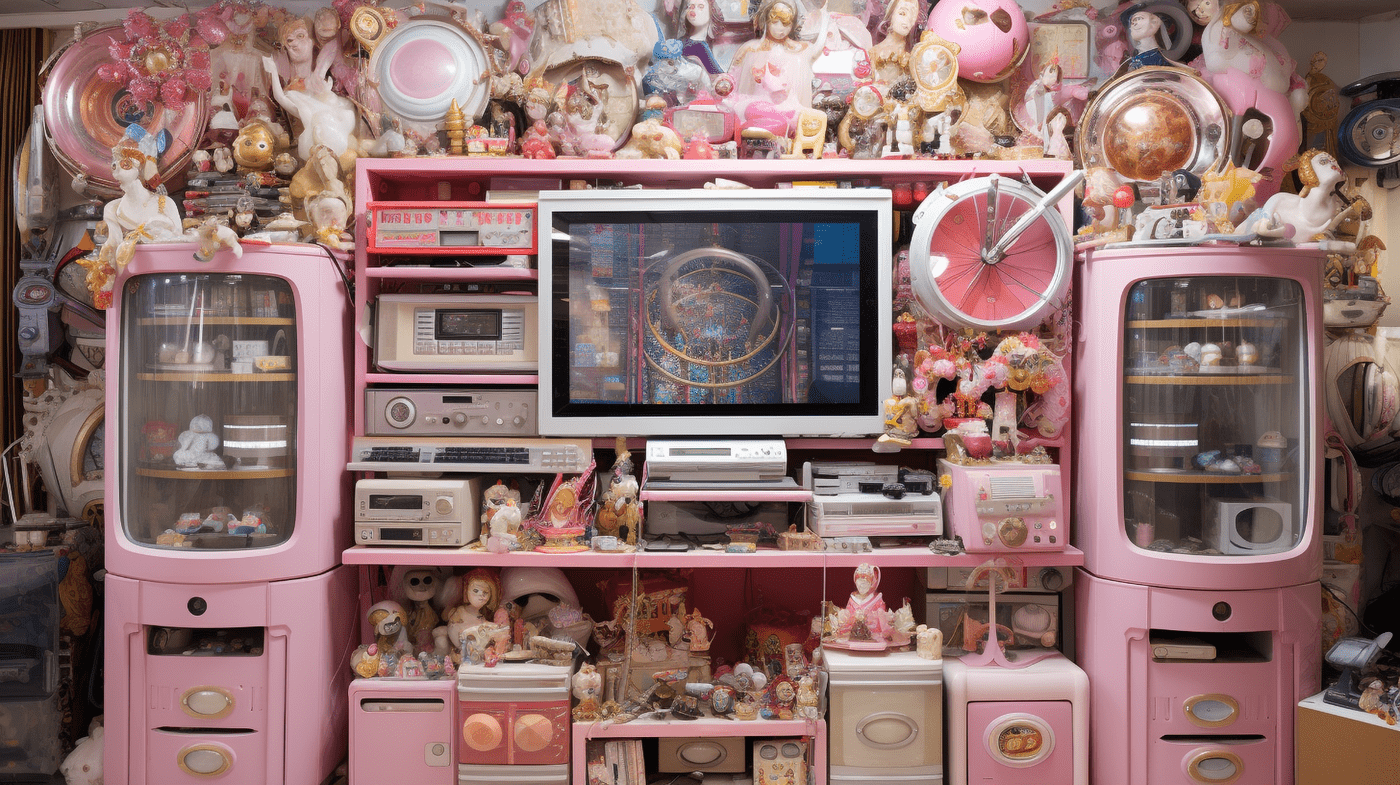
The activity of collecting is commonplace and rarified, methodical and irrational. “The Crypto Pawnshop,” an online exhibition on ONBD’s SuperRare Space, brings together ten artists whose work deals with nostalgia and obsolete tech, representing various objects of desire in styles that blend the contemporary capabilities of digital art with retro aesthetics. Outland interviewed curators Vienna Kim and Benoit Palop, who organized the show for ONBD, about their vision of an imaginary pawnshop that’s at once a place to collect digital art and a prompt to reflect on the social and psychological motivations behind the impulse to collect.
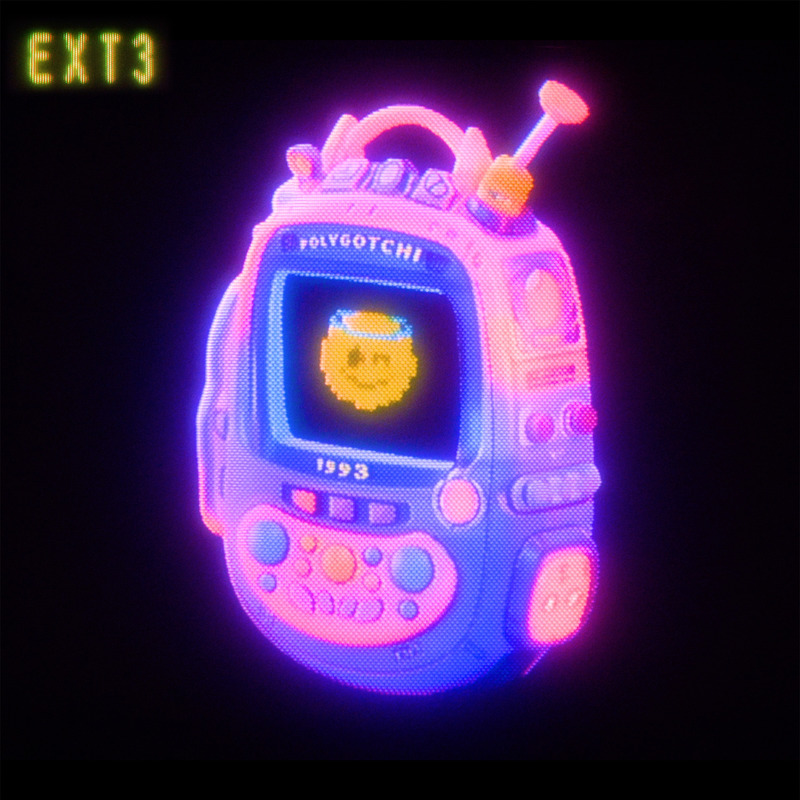
We love the bits and bobs we see on the internet that are very cute or very strange—old electronics and things like that. How does this relate to web3, where collectorship of digital objects is so important? We imagined a fictional pawnshop stocked with items that cannot exist in real life, but somehow evoke feelings of nostalgia and familiarity. And through that we want to tap into NFT collectors’ attraction to digital objects and identify a connection between this emotional attachment and the nostalgia for physical things found in antique shops.
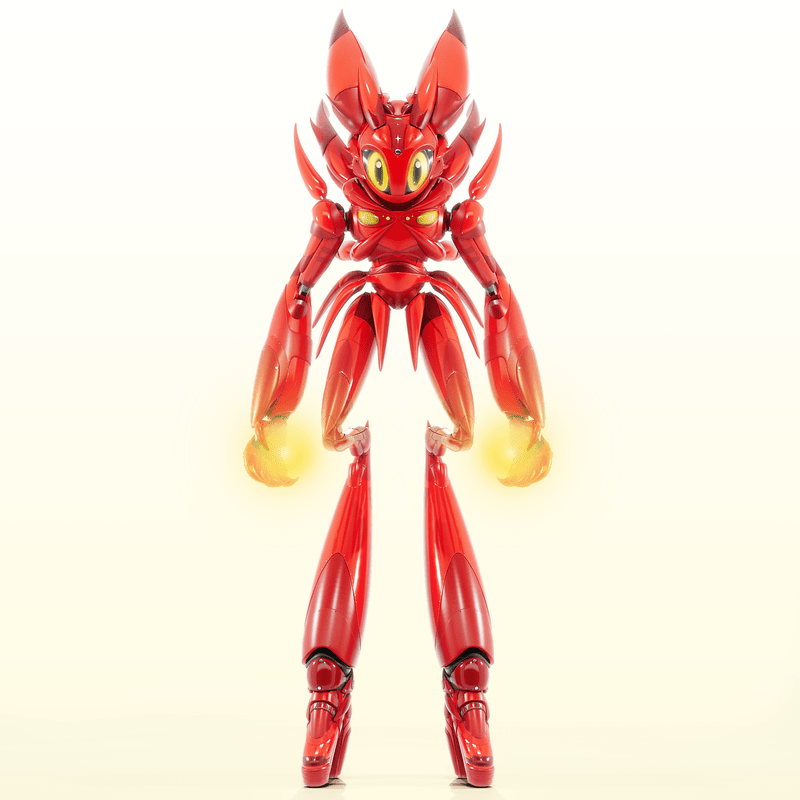
During our research we became fascinated with the idea of collecting as social signaling. Collecting is a way to attract and impress people in your circle who are interested in the same things as you, but it’s also a way to make a statement of individuality, to distinguish yourself from people who aren’t interested in the same things. Dev Harlan published an essay on Right Click Save called “Notes on Retrofuturism” where he talks about the idea of technostalgia, the fetishization of obsolete tech. He calls it an uncritical act, because you give in to sentimentality, rather than remembering the problems associated with these objects that we’re so nostalgic about. We wanted to dig against that and show in the exhibition how it’s possible to be nostalgic for something while remaining self-aware.
The value of collecting NFTs is the question of the moment, with reports that 95 percent of NFTs have no value. Even without the money of the bull market, we still see collecting as a kind of social signaling, as people position themselves as digital patrons. It’s easier to attain the image of a patron in a new market, and this sends a strong signal within the space—even as people outside that space think NFT collectors are strange people who buy jpgs that aren’t worth anything. So it takes the idea of social signaling to an extreme.
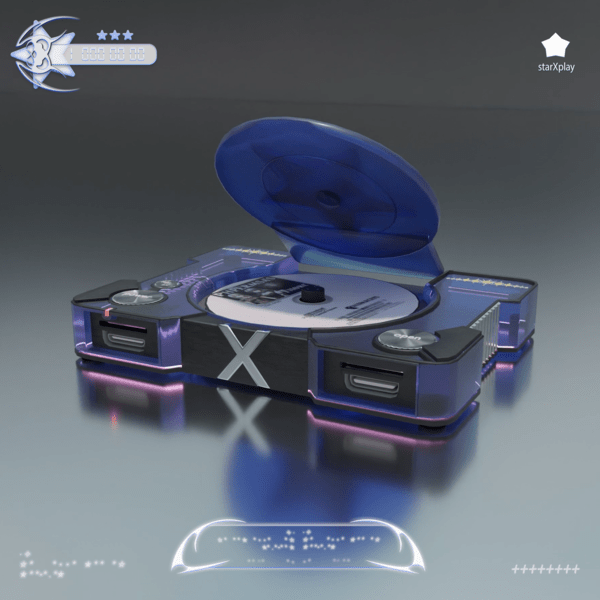
It’s interesting that the same impulse has defined many museum collections, which began historically as private collections signaling the taste and status of their owners, before becoming part of a broader mission to define historical narratives for the public good. The artists we’re including are making work that reflects their own taste, depicting things that they are nostalgic for—maybe even things that they would collect if these things existed in real life. In our imaginary digital world they’d probably end up in a pawnshop rather than a museum.
We’re envisioning dusty game shops where you can pick up an old baseball card or Pokémon card. Polygon1993’s Polygotchi (all works 2023) reimagines a Tamagotchi in his own artistic style. The show definitely has an element of appropriation of familiar objects and gadgets. But other artists created more speculative objects that don’t correspond to anything real yet still evoke feelings of nostalgia. Occulted’s piece comes out of their memories of video games, the MMORPGs they played when they were younger. They created a scythe that floats in the kind of environment they’re quite well known for, a dark backdrop marked by pops of crimson, purple, neon green and imagery alluding to Y2K aesthetics.
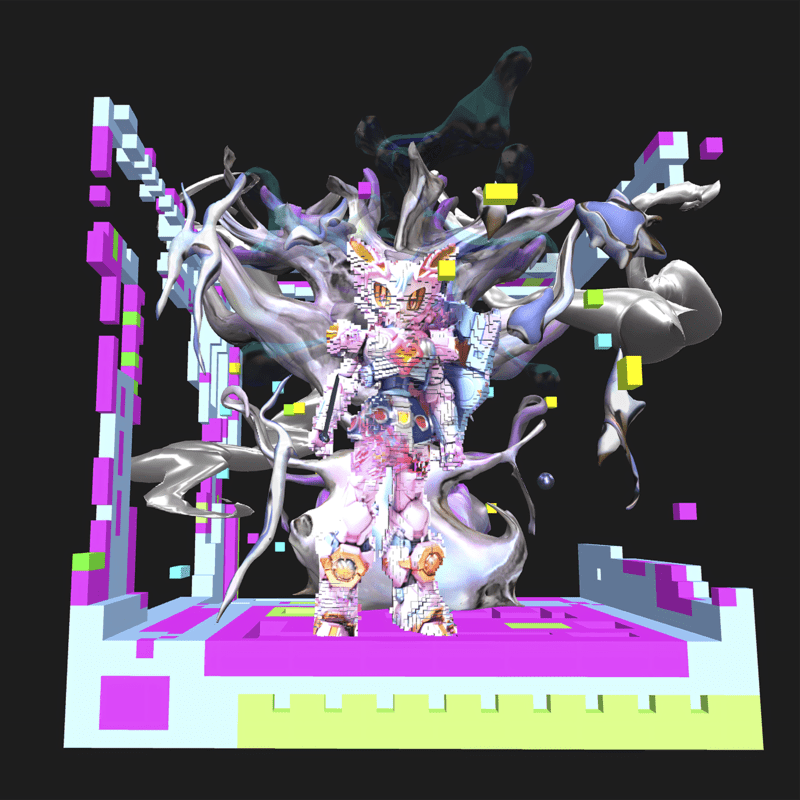
Saeko Ehara has created a gorgeous piece that mixes techniques. She used AI to make an image of a doll, which she then puts through a generative process to create effects with text and pixels. There’s also Guruguruhyena, who created a robot of voxels. Pixelization or voxelization is an interesting approach to take in this exhibition, where we are parsing out the tensions between physical and digital collectibles. Emphasizing the pixel situates the work of Saeko and Guruguruhyena in the realm of the digital, while simultaneously hinting at building with Legos or other toy blocks.
There are several artists working with 3D in the show. We wanted there to be a sense of objecthood around these artworks, since people are going to view them on a 2D screen. Many of the works are glb files that you can interact with and turn around. Some of them include a pedestal, to underscore the sense of an object that is to be cherished and treasured. Kolahan’s drawings are very much 2D, but it’s interesting to see how they can also convey objecthood.
Liv is a young artist who makes work about Y2K aesthetics, from a period before she can remember. Dev Harlan’s essay addresses the fact that some people are nostalgic for periods they haven’t lived in. He says it’s the epitome of the amnesia for problems around the things that we are nostalgic about. That’s where the need for criticality comes in. Are we nostalgic for something that actually existed? Or is it just a ghost or shadow of what we feel?
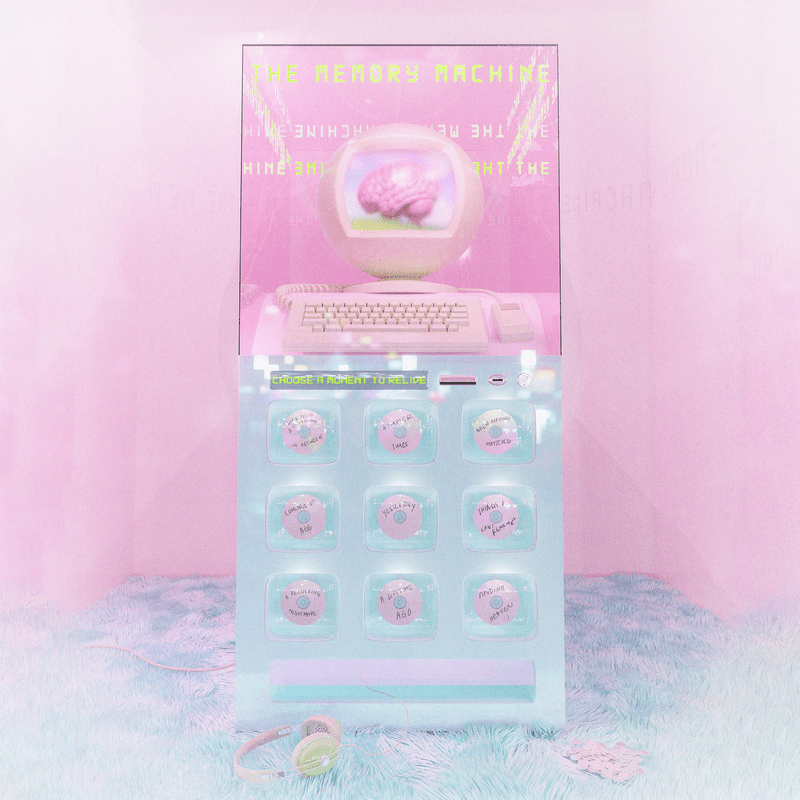
Japan, with its cultural affinity for craftsmanship and innovation, has proved fertile soil for the rapid expansion of digital art and ownership. There are a few Japanese artists in the show, in part because Benoit is based in Tokyo and knows many artists whose work suits the theme. Even the non-Asian artists in the show seem to have interests in Asian culture and otaku collectorship, which involves seeking out rare and limited-edition items related to pop culture, anime, manga, and video games. It has the same spirit as collecting from Gachapon machines, where the hunt for rare figurines is central. In the NFT space, the thrill of obtaining unique and rare items is likewise a fundamental part of the experience.
This is the first show that we’re curating together, and the first online show that either of us have done on SuperRare. All platforms have their differences. One strength of SuperRare is its collector base. Another is the premium feel—artists want to publish their best work there. For some in the show, this will be their genesis mint on SuperRare. All the works are one-of-ones, unique pieces.
It has been interesting to see the different experiments with editioning in the current market conditions. Early this year there was the open edition phase, and now Zora is doing a lot of interesting things with free mints. It’s fun to collect for the joy of it, without spending much money. It really brings collecting back to the idea of a social activity or being a source of pure joy and self-fulfillment, rather than a financial one.
—as told to Brian Droitcour
